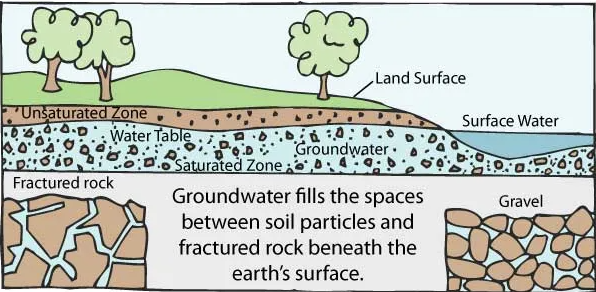7667766266
enquiry@shankarias.in
A recent study shows significant groundwater depletion in five Indian states.

|
Status of Groundwater Depletion in India |
|

|
Groundwater Contaminants and their Impacts |
|
What are the government measures?